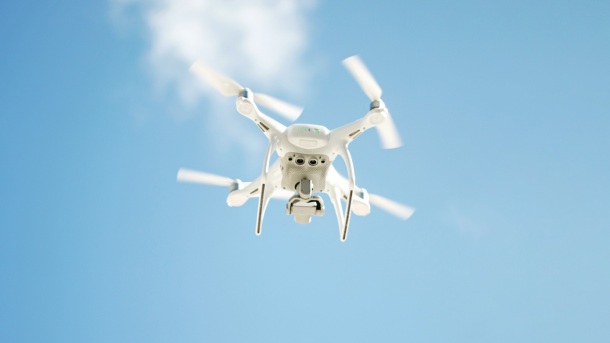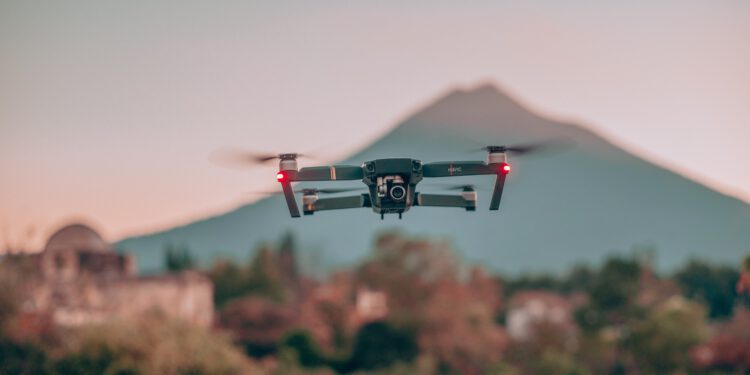The Roborder project is designed to use fleets of drones to patrol the borders of the European Union.
The European Union is funding a project to use drones in border control. His name is Roborder and his goal is to put swarms of drones on patrol. Not only that. These aircraft could also coordinate with fleets of other autonomous vehicles. Ships, submarines and land vehicles would complete the initiative.
The goal would be to combine robotics automation with artificial intelligence. It’s not new. In fact, much of the autonomous vehicles that emerge now rely on this technology. Specifically in drones, the introduction of artificial intelligence has been notorious and also necessary.
Unmanned aircraft have begun to be piloted remotely. But the next step is that are autonomous. Some already have the technology to do so, although not everywhere there is a legislative framework conducive to their deployment. At the technical level these drones can, for example, move to deliver packages from a van to the recipient and return. It is the most classic example, but something similar can be applied to border control.
The Roborder system would be designed for a pair of drones to patrol a certain area. If they find anything strange, they approach. If they spot a person, they try to tell if they have the right to be there or do something illegal. In the latter case send a warning to the nearest control center.
Surveillance with drones
The Roborder project is an example of how drones can be used in all kinds of surveillance tasks in the future. This is one of the most suitable applications for these aircraft in its autonomous version. It is about leaving in the hands of automatic systems what previously involved having human personnel routinely watching.

The use of drone swarms, a technique that has been perfected in recent years, allows the movement of a high number of drones in a coordinated manner. This serves only when the aircraft are in the same place, but the knowledge gained from this technique is also useful when it is about scheduling the activity of a dispersed fleet.
The project is for non-military purposes, although it concerns border control. Yet it remains to be seen how it develops. In any case, it should be remembered that all tools involving artificial intelligence should be subject to ethical principles.
The European Commission itself published a few months ago a document detailing how these systems should be designed.
Images: Miguel Ángel Hernández, Saffu









